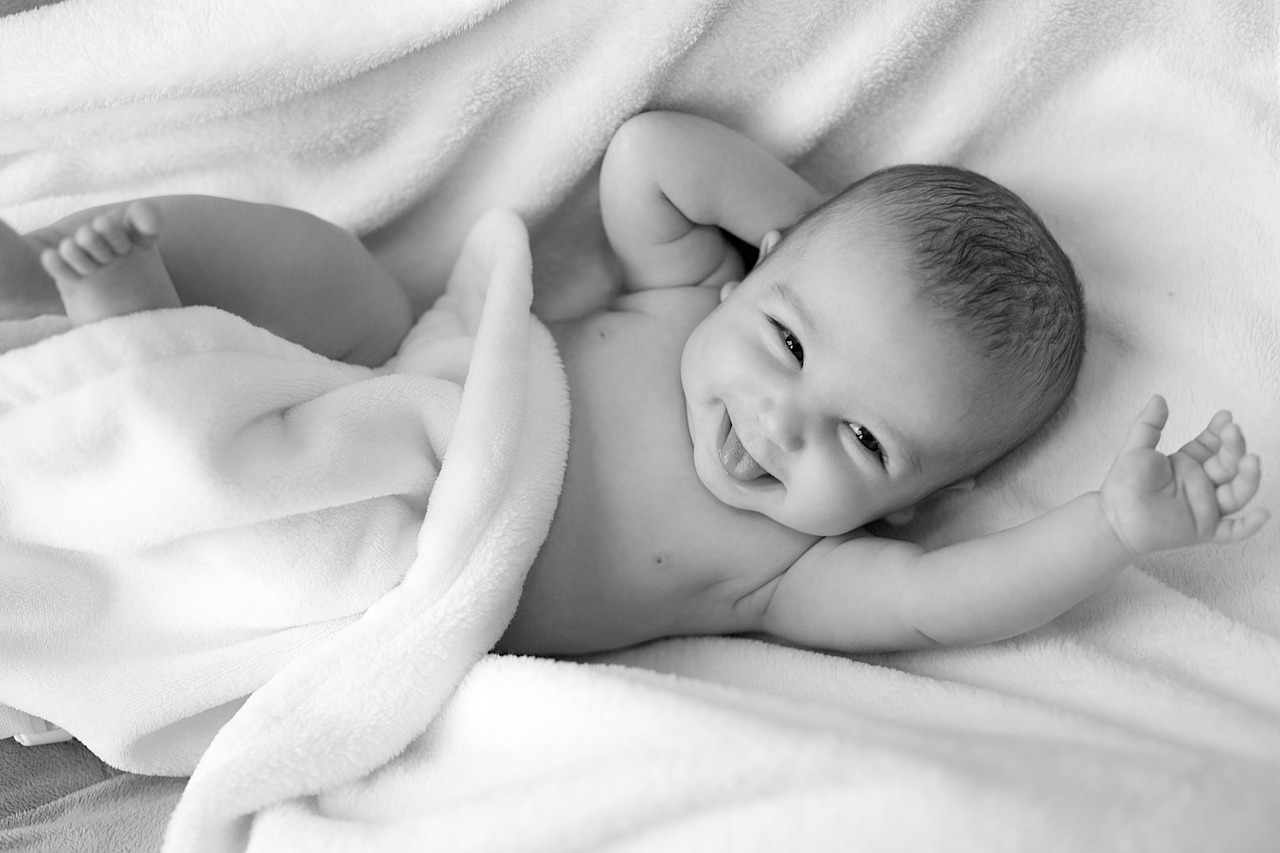Newborns and infants move their arms and legs spontaneously, without the need for external stimuli. Scientists at the University of Tokyo believe that this seemingly random activity is crucial for the growth of the sensorimotor system, i.e. the ability to regulate muscles, movement and coordination.
TDB keeps you informed. Follow us on Facebook, Twitter and Instagram.
Babies don’t stop moving from birth. Even when they are in the womb, they make their presence felt with their fluttering arms and subtle kicks that seemingly have no particular purpose. They are often called ‘spontaneous movements’ and science has long known that they play an important role in people’s sensorimotor development. However, until now, no research has shown what their function is.
Understanding these random movements and their involvement in early human development could help identify early indicators of certain developmental disorders, such as cerebral palsy.
A new study from the University of Tokyo has shown that this activity probably serves as a way for the baby, motivated by curiosity, to discover the sensations they produce and thus learn to move correctly.
“We have observed that babies learn to move their bodies from their own movements, even if they have no apparent purpose. It seems that the newborn is looking for a combination of the motor signals sent by its brain and the sensory responses generated by those movements,” says Hoshinori Kanazawa, lead author of the study.
Spontaneous movements of babies. A clear purpose
The results thus demonstrate that these movements have a clear purpose and are key to the development of a person’s sensorimotor system, i.e. our ability to regulate muscles, movement and coordination.
“We have always thought that the development of the sensorimotor system depended on repeated interactions, meaning that the more you repeat the same action, the more likely you are to learn and remember it. However, our findings show that babies develop their own sensorimotor system motivated by their curiosity,” explains the scientist.
To reach these conclusions, the researchers observed the movements of newborns and infants less than three months old and combined them with a musculoskeletal computer model to analyse the communication between the muscles and the body’s sensitivity. The study is published in the journal PNAS.
“Although this study is still preliminary, the results suggest that many behaviours of infants and children have a purpose in their development, even if we do not perceive it with the naked eye. It could help change the way we view infant behaviour,” Kanazawa notes.
Valuable results in clinical research
Previous studies have investigated the kinematic properties of movement in infants – that is, the muscle actions that allow mobility of joints and other parts of the body – and have shown that certain movements can be predictive biomarkers of developmental disorders, in particular cerebral palsy,” he says.
However, this research looks at muscle activity and the sensations it produces in the body. Therefore, the author suggests that “these results could potentially be valuable in clinical research with the aim of using them as prognostic biomarkers”, i.e. to help predict the progression of a disease.
This analysis has been done on 12 newborns and 10 infants less than three months old, so the researchers will now need to further explore the results in a larger sample and over a longer period of time “to see if movements influence later development and adulthood,” they conclude.
